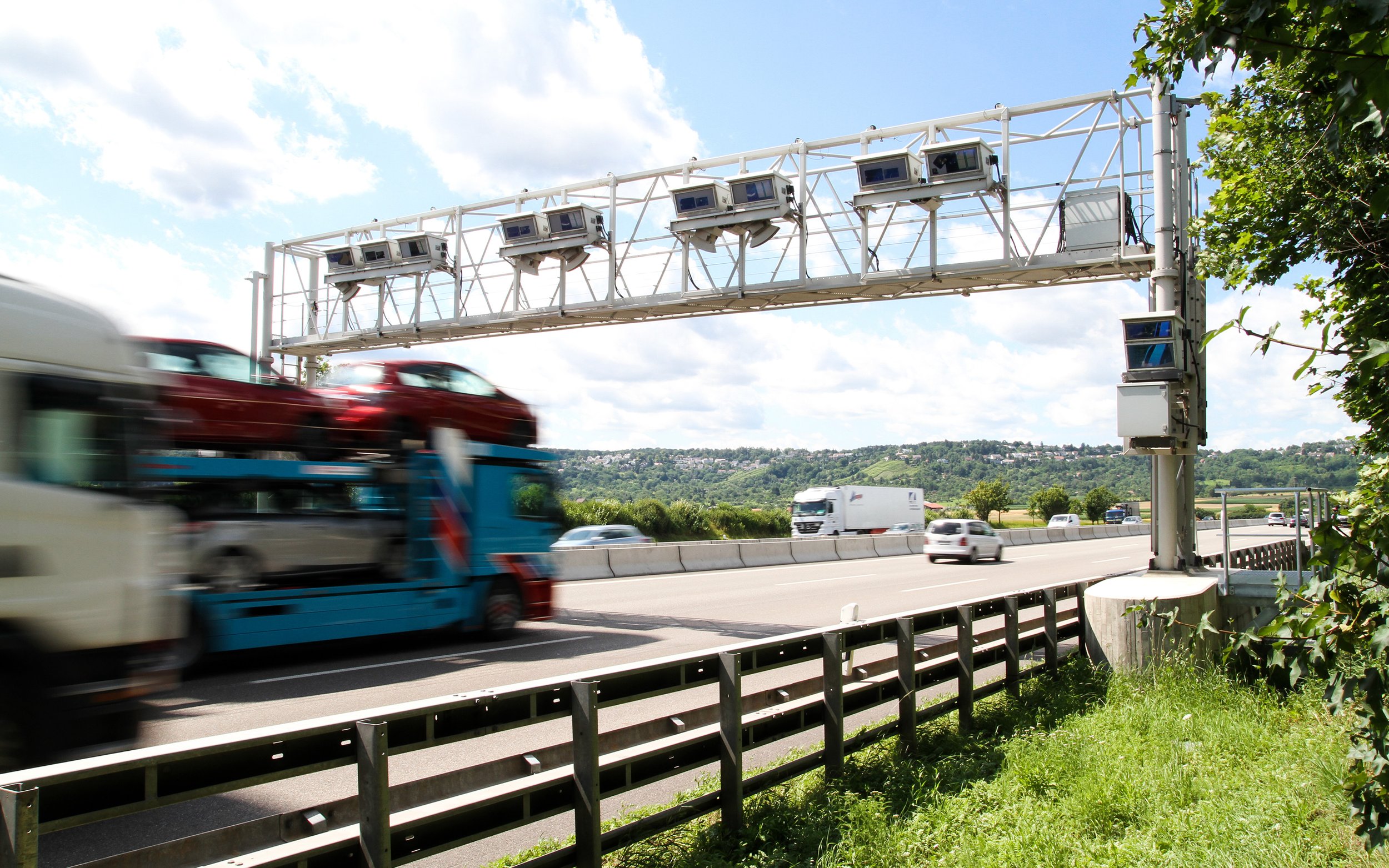
CASE STUDY
Road pricing and toll roads
NZ Government
The opportunity
Recently there has been a lot of discussion focused around the possibility of introducing some form of congestion charging, or road pricing, in Auckland – and/or Wellington. A working group convened by the Ministry of Transport produced a series of reports under the heading “The Congestion Question”. A select Committee enquiry unanimously endorsed progressing legislation to enable New Zealand cities to use congestion pricing as a tool in transport planning.
The Government’s response was that options for enabling and implementing congestion pricing were included in the public consultation draft of the Emissions Reduction Plan (ERP), to provide New Zealanders with (yet another) opportunity to express their views before any decisions were made. However when the ERP was released in May 2022 it did not include actions to progress enabling legislation.
Meantime, the Helen Clark Foundation released a report into the potential for congestion charging in Auckland and Wellington called A Fair Charge for Better Cities, expressing strong support. And yet still no decisions have been made, despite revenues into the National Land Transport Fund significantly declining, and despite there being no let-up in calls for more, and more costly, investments in transport infrastructure and urban transportation services.
What we did
All this heat and light, with no action, is immensely frustrating. It is not as if this is a new problem, or indeed a new proposal. In 2002 when the fifth Labour Government came to power in New Zealand, it prepared the Land Transport Management Bill, allowing for tolling of new motorways and for concessions to build these roads (i.e. PPPs). This eventually resulted in the construction and tolling of Northern Gateway, Eastern Link, and Harbour Link (tolling was not implemented for Harbour Link) and PPP contracts awarded to build Transmission Gully and Puhoi to Warkworth. At the time it seemed like all major new motorways would be tolled as a means to help pay for them, as was already the policy in Canada and France for example.
Then in 2004, following on from the success of the London Congestion Scheme and other schemes in Stockholm and Oslo, it launched a full-scale investigation into the feasibility, desirability and acceptability of road pricing for Auckland, investigating seven possible schemes and eventually narrowing down to an Area Scheme by 2007, similar to London.
Progress stalled with a change of Government in late 2008, but then in 2013 a group was set up to gain cross-spectrum consensus on how to fund the new Auckland Council’s wish-list for transport infrastructure. Once again, a road pricing scheme was proposed, but failed to gain approval due to being weighted too heavily towards solving a funding problem rather than an economic problem.
In Wellington too, there have been various attempts to investigate options. The most recent of these, part of Let’s Get Wellington Moving, was hamstrung by scope limitations preventing a full investigation into options outside of a parking levy.
Implementing a road pricing scheme is not straightforward. Scheme design is critical – not the technology, that is the easy part – but choosing the scheme boundary, the pricing, and the measures to mitigate impacts, especially to households and businesses where the pricing burden would be unfair. And yet the payoff would be immense – congestion reduction is only the start. A well designed scheme would reduce transport emissions, encourage public transport usage, support urban intensification and generate wider economic benefits. And of course, generate revenues.
The outcome
So why has nothing happened? The answer largely seems to be about politics – such schemes are rarely popular. And enabling legislation is required since under current law it is illegal to price for the use of existing roads (only new roads can be tolled). But there does also appear to be an element of re-inventing the wheel. Lots of reports, lots of working groups, but no decisions.
Having been involved – in one form or another - in almost all of the studies, investigations and business cases highlighted above from 2004 to 2014, we believe that the best way forward would be to implement a relatively small Area Scheme, including a Low Emission Zone, in Wellington as a pathfinder scheme for Auckland. Wellington makes sense because:
The geography favours it – the scheme boundaries are easily defined.
Wellington already has good public transport and a very high proportion of trips are by walking.
Wellingtonians understand the need for trade-offs between different alternatives.
State Highway 1 provides an alternative (un-charged) route to key regional facilities including the hospital, airport and university. An appropriate scheme can be established to ensure that there are no major regional facilities inside the charged area.
The only question is when to implement. This is a question best answered by a joint central / local government team charged with identifying the future major transport infrastructure needed to support the population growth Wellington is anticipating. Ideally it would be put in place as a form of design management prior to commencement of heavily disruptive activities such as the proposed Mt Victoria Tunnel duplication and Basin Reserve Upgrade, and after implementation of the second public transport spine on the Wellington waterfront quays.



